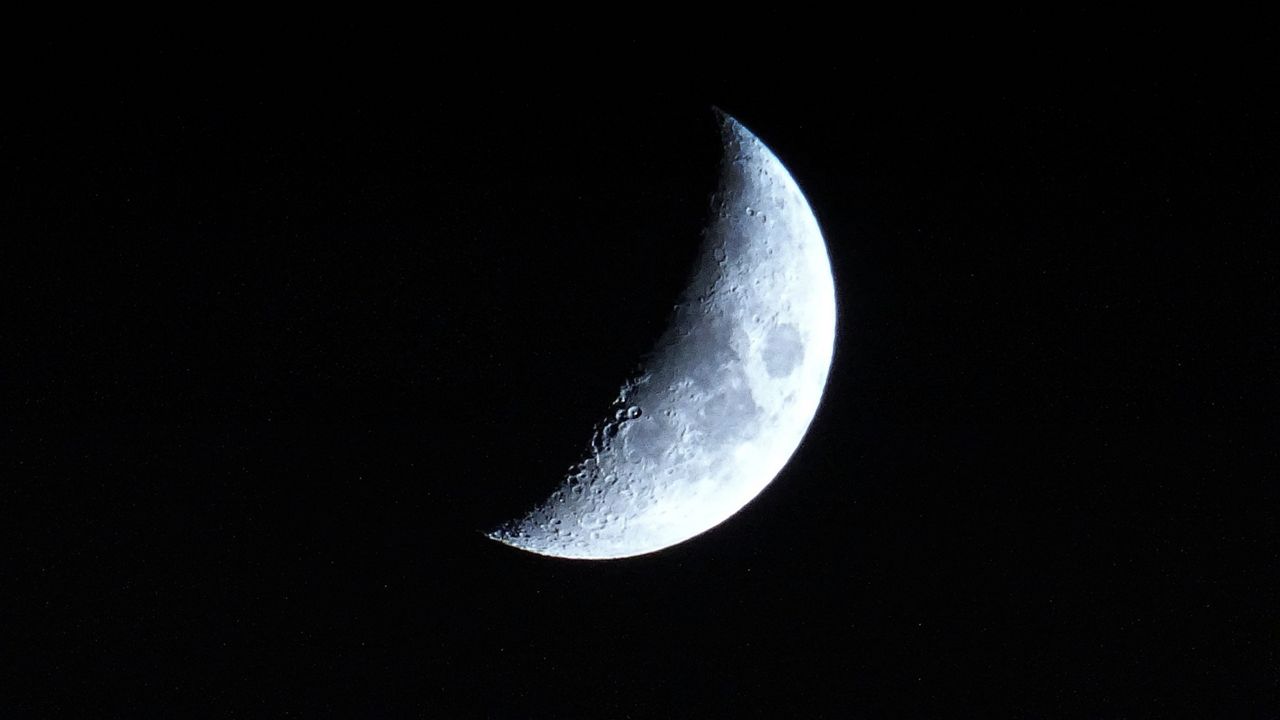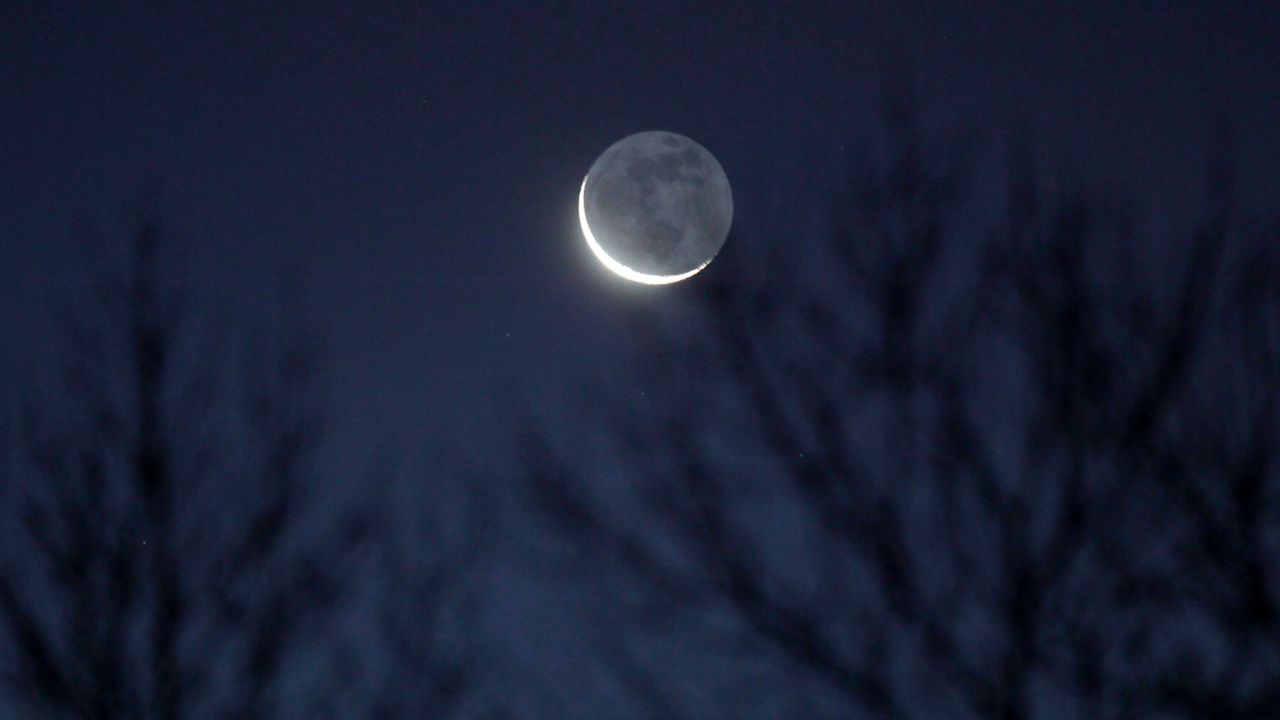As opposed to the more notable full moon, new moons are less talked about in the news. But this month’s new moon is special and one that deserves the spotlight for a change. It will be the closest new moon we’ve had since the year 1030!
Like the full moon, every month also has a new moon, where the sun, moon and earth are all in alignment. The difference? The order in which they’re aligned. We will see a fully illuminated moon, or the lack of one.

For more on the different phases of the moon and what they mean, click here.
Since the moon follows an elliptical orbit, there will be times when the moon will be physically closer or farther away from earth. Once a month, the moon will reach its perigee/apogee, or closest/farthest distance from the earth.
Sometimes, this happens at the same time as the full or new moon- defining what we know as a supermoon or micromoon, where the moon will appear larger or smaller.
The Jan. 21 new moon will be a supermoon, situated only 221,561 miles away from earth.
Unfortunately, this new moon won’t be visible, given that it will fall below the horizon tonight. So, to put it bluntly, we won’t ever see this happen again in our lifetime. The next time a new moon gets this close to the earth won’t be for another 345 years… In the year 2368!
While we won’t get to see it, we still might feel its effects, at least from a tidal perspective. This new moon will generate stronger tides, which could cause some minor coastal flooding in some locations.
That aside, trying to locate the new moon even when it is above the horizon can be a challenge itself. Given that the new moon isn’t illuminated to begin with, its dark silhouette doesn’t exactly stand out in the night sky.
There’s a silver lining, though. At least for the part of the U.S., anyway.
Clearer skies combined with the lack of light from the new moon will promote ideal stargazing conditions across the Southwest. So, for those eager to catch a glimpse of the rare ‘Green Comet’, which was last visible 50,000 years ago, tonight could be your night.
Our team of meteorologists dives deep into the science of weather and breaks down timely weather data and information. To view more weather and climate stories, check out our weather blogs section.



